You’ve probably seen it by now. The post. The TikTok. The tweet.
“Portugal is paying people €500 a month to live on a tropical island.”
Sounds like a dream, right? Maybe even a scam.
But is it actually true?
We looked into the “Move to Madeira for €500 a Month” story. Talked to locals, checked the programs, read the fine print.
Here’s what we found.
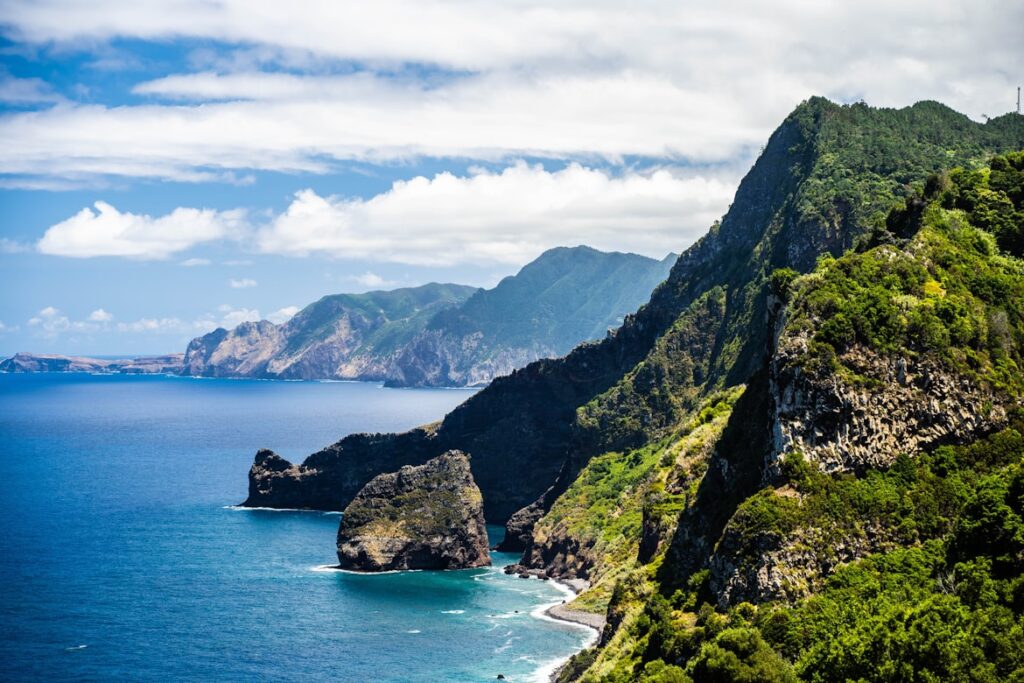
Contents
The €500/Month Rumor
You’ve probably seen the posts about it: “Portugal will pay you €500 a month just to live on an island.”
It sounds amazing. It’s also mostly false.
Someone seems to have mixed a few real programs together, picked the best bits, and turned them into one perfect viral story.
So, let’s unpack what’s actually real.
The “Cash Stipend”

The rumor about free cash likely comes from a real program called Apoio ao Regresso.
That program does give financial support, but not to digital nomads or expats.
It’s meant for Portuguese citizens who once left the country and now want to move back. It helps with relocation costs for returning families, not newcomers moving in for the first time.
So, if you’re American, Canadian, or British and thinking you can sign up, this one’s not for you.
Also Read: 11 Unexpected Things No One Tells You About Living in Portugal (The Good, Bad, and Shocking)
The Youth Program

Now, here’s where things get mixed up again. There is a real program for young people in Portugal called Porta 65-Jovem.
It’s for anyone between 18 and 35 who’s renting a place. The government helps pay part of your rent. That’s a solid deal; it can save you a few hundred euros a month.
But it’s not €500 cash for “just being there.” You need a rental contract and legal residency to qualify.
So, the whole “Move to Madeira for €500 a Month” story?
That’s a myth.
But the truth behind it, real programs helping young people and returning Portuguese citizens, is still pretty interesting.
The “Dying Island” Myth vs. Reality

You’ve probably seen the claim: Madeira is desperate.
The viral posts say the island is dying, that the average age is near 50, and that entire villages are empty.
That supposed “desperation” is often used to explain why Madeira would pay people to move there.
But the numbers tell a very different story.
Madeira isn’t dying; it’s growing, just unevenly.
We looked at the latest stats from 2024 and 2025, and the island’s population is now close to 260,000 people, the highest it’s been in 11 years.
That’s six straight years of population growth, driven by more people moving in than leaving.
So, where does the “empty villages” talk come from?
Well, there’s a bit of truth in it.
The overall population is rising, but it’s also shifting. Newcomers tend to settle in Funchal or along the sunny coasts in towns like Ponta do Sol.

Meanwhile, the older, rural villages in the mountains, places like Santana and São Vicente, are seeing fewer young people and more retirees.
So yes, there’s a demographic challenge. But it’s not about saving a dying island; it’s about balancing where and how people live. Here’s a simple breakdown:
The Viral Claim (The “Hype”)
The Reality (Official Data)
MYTH: Madeira is “dying” and losing people.
FACT: Madeira’s population is at an 11-year high. It has grown for 6 straight years.
MYTH: They pay young foreigners €500/month to “exist.”
FACT: This is false. This rumor mixes up two separate programs.
MYTH: The “Apoio ao Regresso” is for digital nomads.
FACT: This program is only for returning Portuguese emigrants and their relatives.
MYTH: There is a “Madeira youth program.”
FACT: This is true! It is the “Porta 65-Jovem,” a rent subsidy (not cash) for legal residents 18-35.
The Real “Pay to Move” Deals (And Their Catches)
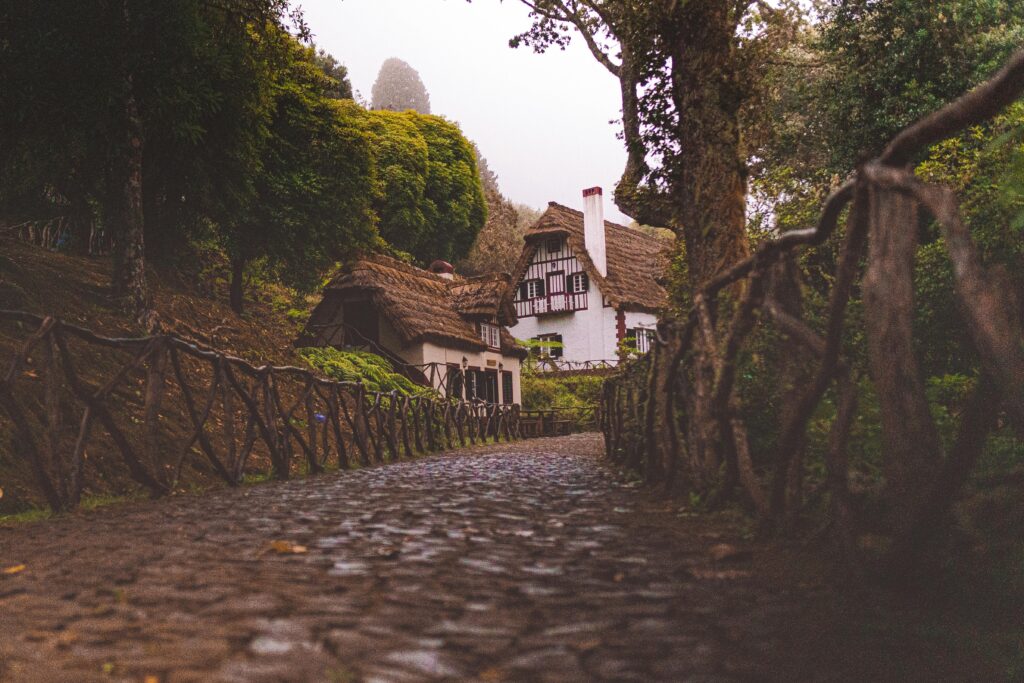
So, the Madeira “free money” story doesn’t hold up.
But what about the other viral posts, the ones saying you can get paid to move to Italy or some quiet European town?
Surprisingly, some of those are real.
The catch? They’re not for digital nomads. They’re for homesteaders.
A number of small towns in Italy are genuinely offering money to attract new residents. Places in Calabria, Sardinia, and Presicce-Acquarica have offered grants ranging from €20,000 to €30,000 to people willing to move in and put down roots.
Sounds amazing, right? But there’s a reason they’re offering the cash, and it comes with a list of conditions. Here’s what most of these programs require:
- You usually need to be under 40 years old.
- You must move within 90 days of your application being accepted.
- You have to start a local business, something the town actually needs, like a café, a small shop, or a B&B.
- In some cases, you can qualify if you take a job in a local trade or essential service.
So, this isn’t “money for existing.” The town gives you a grant, and you give back by helping revive the local economy.
For the right person, someone ready to swap city life for small-town living, it’s an incredible opportunity.
But for remote workers hoping to sit by the beach and collect a paycheck? Not quite.
Also See: I’ve Lived in Portugal for 6 Years: Here Are 10 Unspoken Rules To Follow When You Visit
The Real Cost of Living in Madeira
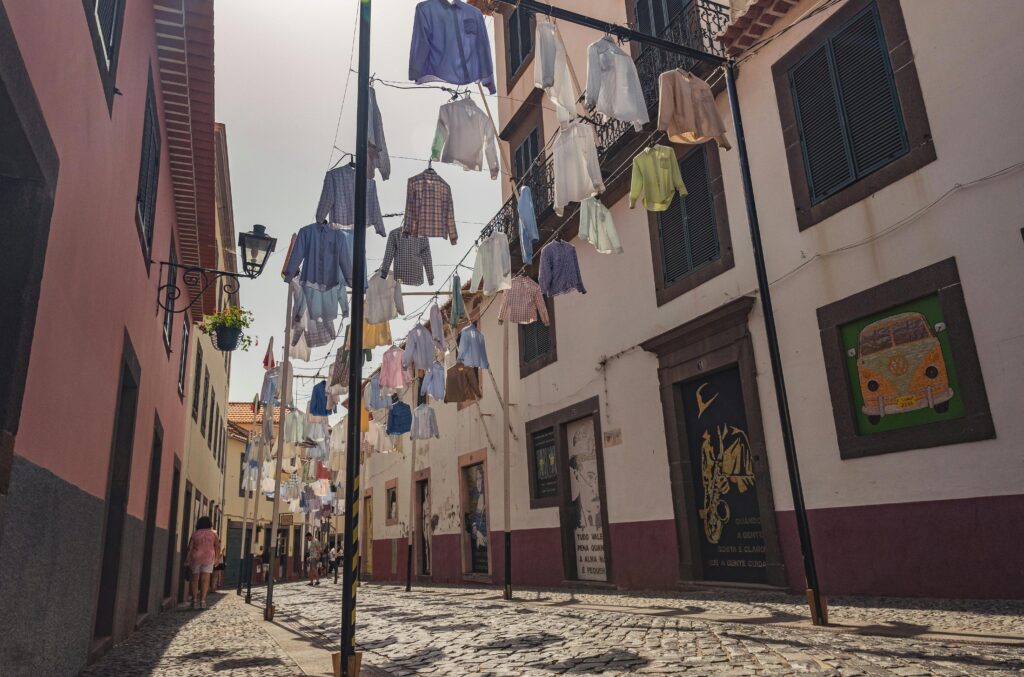
The real reason people are moving to Madeira isn’t some secret stipend. It’s the low cost of living.
You can enjoy a high quality of life here for much less than in most of Western Europe. Let’s look at what that actually means in numbers.
Rents and Housing
Those old posts claiming you can rent an apartment in Funchal for €400 a month? Not anymore. The capital has become popular, and prices have climbed.
A modern one-bedroom apartment in Funchal now costs around €700–€900 a month.
But head inland, and things change fast. In smaller towns like São Vicente or Santana, you can still find places for €300–€500 a month, sometimes less if you’re okay with older buildings.
Other Living Costs
Groceries are affordable. A single person can eat well on €200–€250 a month.
Utilities, including high-speed internet, come to about €100, and a monthly bus pass is around €40.
Put it all together, and a single person can live comfortably in Madeira for under €1,000 a month.
That’s the real financial incentive. Not cash from the government, but a lifestyle that’s both affordable and beautiful.
What About Those €25,000 Houses?

You’ve probably seen listings claiming you can buy a house in Madeira for €25,000. And yes, those listings exist.
But they’re not move-in-ready homes. They’re usually ruins in need of full restoration. Think missing roofs, no plumbing, cracked walls. These properties are in quiet, aging villages far from the coast.
So yes, you can “buy a house for €25,000,” but it’s really a renovation project, not a ready-made home. It’s an amazing opportunity if you’re a builder, a dreamer, or someone who wants to live off-grid and rebuild from the ground up.
For everyone else, especially remote workers looking to settle in next week, the choice is clear:
Pay more for the easy lifestyle in Funchal, or pay less for a real adventure inland.
How to Actually Move Here: The Real Visa “Stack” for 2025
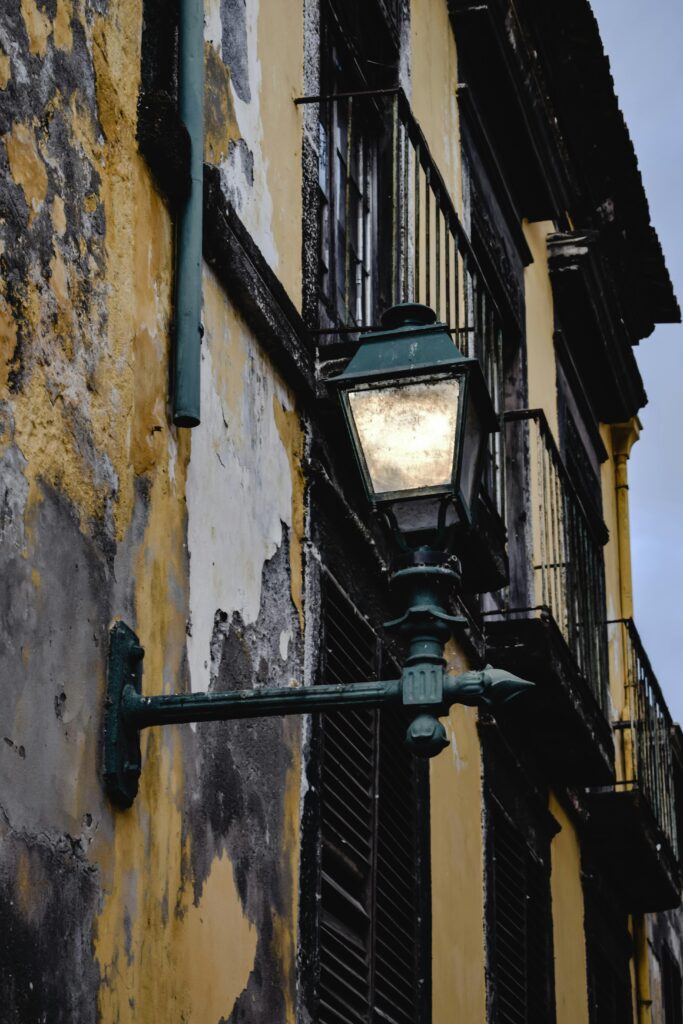
You can’t just mix and match a tourist visa with a program made for Portuguese citizens. That’s not how it works.
But there is a real, legal path for remote workers who want to live in Madeira or anywhere in Portugal. Here’s how it actually works.
Step 1: Get the Right Visa (The D8)
The visa you need is the Portugal Digital Nomad Visa, officially called the D8 visa.
You might’ve seen posts claiming you only need to earn €3,000 a month to qualify. That’s not true.
The law says you must show income of at least four times the Portuguese minimum wage.
For 2025, that comes to €3,480 per month, or €41,760 a year.
Portugal designed this visa to attract people who can support themselves and bring foreign income into the country. It’s not for students on a budget, but for established professionals.
Step 2: The Real Financial Support Stack
Here’s where things get interesting.
Once you’ve qualified for the D8 visa and arrived in Portugal, you’ll register as a legal resident.
If you’re between 18 and 35, you can then apply for Porta 65-Jovem, the real “Madeira youth program.”
This program doesn’t hand out free cash. It’s a rent subsidy. You use your remote income to qualify for the visa, then use the youth program to lower your monthly housing costs.
That’s the real “stack” that works, and it’s 100% legal.
A Critical Warning About Taxes
A lot of older blogs still talk about Portugal’s NHR tax regime, the Non-Habitual Resident program.
That’s outdated information.
The NHR program ended for new applicants in 2023.
It’s been replaced by a much narrower system called the Tax Incentive for Scientific Research and Innovation (IFICI).
This one is only open to people in certain highly qualified fields, things like scientific research and technology.
If you’re a regular remote worker or freelancer, it probably doesn’t apply to you.
So before you move, always talk to a qualified tax professional to get real advice for your situation.
In short:
- D8 visa gets you in.
- Porta 65-Jovem can help with rent.
- NHR is gone, and taxes are stricter now.
That’s the real, 2025-ready roadmap for anyone serious about moving to Madeira.
Also Read: 10 Places To Retire For Americans in Portugal So Perfect, You’ll Wonder Why You Didn’t Move Sooner
What It’s Actually Like to Live There
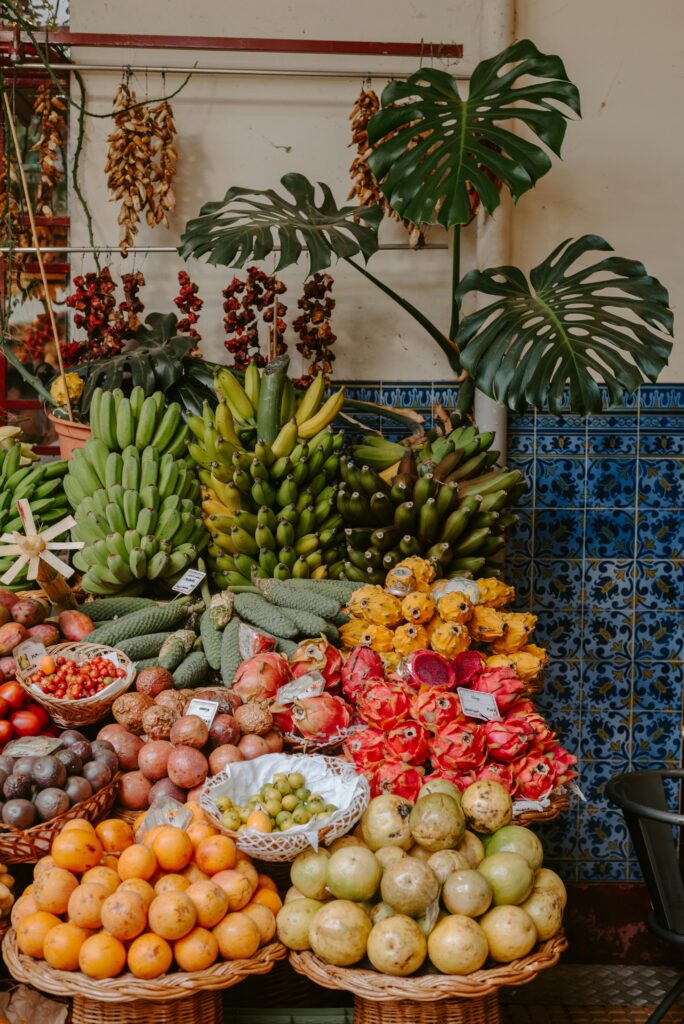
So, what’s day-to-day life really like on Madeira?
First, know this: Madeira isn’t mainland Portugal.
People often call it the “Hawaii of Europe,” and that’s not an exaggeration. It’s a lush, volcanic island where steep green mountains drop straight into deep blue water.
The weather is almost unreal, around 68°F (20°C) all year. You’ll get sunshine, sea breeze, and enough rain to keep everything impossibly green.
The internet? Surprisingly great. Fiber optic connections are common, even in smaller towns. For anyone on a Portugal digital nomad visa, that’s a big win.
English is widely spoken in Funchal and other tourist areas, but if you really want to fit in, learn Portuguese. It’s the key to local life. It helps you find better prices, make real friends, and show respect.
The best part? The government offers free Portuguese classes for residents. Locals are kind and patient if you make the effort.
Now, what’s the catch?
Island fever.
Madeira is small. You can drive around the whole island in a single day. After six months, you’ve seen most of the main attractions. After a year, you’ll either be completely in love with the peace and nature… or quietly climbing the walls.
If you need nightlife, concerts, and constant change, Madeira might feel too quiet.
But if you’re after clean air, ocean views, and a slower, calmer life, it’s paradise.
The Verdict: Should You Move to Madeira?
So, should you really “Move to Madeira for €500 a Month”?
No, because that exact program doesn’t exist.
But that’s not the real question.
The better question is: Should you, as a successful remote worker, move to Madeira?
And the honest answer is… maybe.
Let’s look at what’s actually true.
The Pros (The Reality)
- A thriving, growing island with an increasing population.
- A clear Portugal digital nomad visa for high earners.
- A real rent subsidy for young residents through Porta 65-Jovem.
- A low cost of living outside Funchal and the main tourist zones.
- A new tax break for those in high-tech or research fields.
- Incredible nature, safety, and a year-round springlike climate.
The Cons (The Reality)
- You must earn at least €3,480 per month to qualify for the visa.
- The famous NHR tax program for expats is gone.
- Those cheap €25,000 houses? Most are ruins needing full renovation.
- The interior villages can be quiet, aging, and far from modern conveniences.
- It’s a small island. Some people eventually feel trapped.
The “Move to Madeira for €500 a Month” story is ultimately a viral myth that spread like wildfire.
It sells a fantasy for broke twenty-somethings, but the reality is designed for stable, self-sufficient professionals in their thirties and beyond.
Madeira isn’t offering handouts. It’s offering a trade: if you bring your remote income, you can live in a safe, stunning, and affordable part of Europe.
So, forget the fake stipend.
Start by checking if you qualify for the D8 digital nomad visa, and then look into Porta 65-Jovem to lower your rent once you’re there.
That’s the real way to “Move to Madeira for €500 a Month”. Or at least, to live there for €500 less each month.
That’s how the viral dream becomes an actual plan.